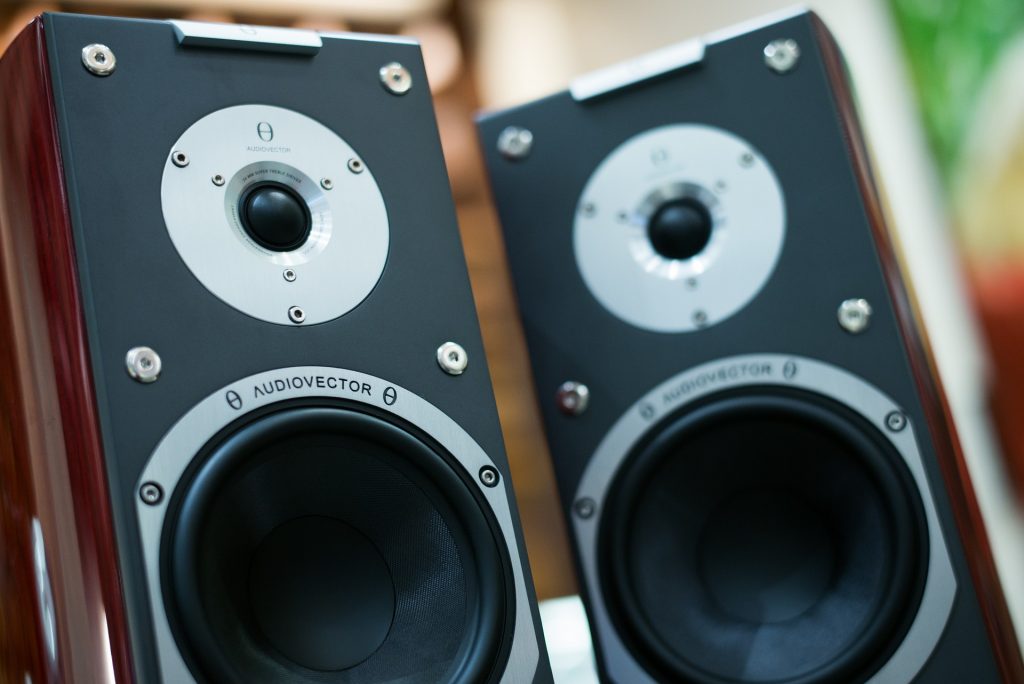Written by Henry Lin and Edited by Mehr Kaur Bawa

Music is a wonderful and versatile tool, from its use in meditation practices to tradition and even to its entertainment value, music is an integral part of society and the lives of countless people. However, while music carries an important value on these scales, it also has its caveats for an individual’s health in the form of noise-induced hearing loss.
Presbycusis, or age-related hearing loss, is a natural and common condition that affects the hearing of individuals as they grow older, usually affecting the ages between 65-74 [1]. While there is no specific cause for this condition, it is believed that a variety of factors, ranging from medical conditions such as diabetes to the use of certain medications, can contribute to the damaging of sensory cells necessary for hearing. Unlike presbycusis, noise-induced hearing loss does not discriminate between age groups, and occurs when an individual is exposed to loud sounds for a long period of time, resulting in a decrease in hearing ability and permanent physical damage to the ear’s hair cells, which are filamentous sensory receptors that process sound and carry signals to the brain [1]. Symptoms of noise-induced hearing loss include: tinnitus, a loud ringing in the ears, hyperacusis, increased sensitivity of normal sounds, and threshold shifts, changes in the detection of sound intensity [2].
The most noticeable symptom of noise-induced hearing loss are threshold shifts, referring to the minimum loudness of a sound in order for one’s ear to pick it up. Threshold shifts are classified as either temporary threshold shifts (TTS) or permanent threshold shifts (PTS). A TTS is a short-term change that decreases an individual’s ability to detect softer sounds after exposure to a loud sound, and is directly related to the duration of exposure. For longer-term exposure, however, a temporary threshold shift can become permanent. Permanent threshold shifts are not entirely dependent on TTS, and can occur if the individual is exposed to a very loud sound in a short time frame, such as standing for a few minutes next to a loudspeaker giving off 120-140 decibels of sound [2].
While noise-induced hearing loss can be caused by different exposures to loud sounds, two notable causes are personal audio devices and music venues. A study on the listening habits of 18-27 year olds in 2010 revealed that the average use time of audio devices was 4.5 hours per day (hpd), with 19-year olds having the highest usage at 5.7 hpd [3]. The overall decrease in hearing was averaged to 23.5 decibels over the duration of the study. For reference, a loss of 25 decibels results in an inability to hear sounds softer than water dripping, and a loss of 26-40 decibels affects speech recognition [4]. It has been shown that exposure to sounds greater than 85 decibels for more than 40 hours per week can lead to hearing damage. Unfortunately, some music venues maintain an average sound volume of 104-112 decibels. Event hosts justify this as a means of increasing excitement, concerned that lesser volumes would reduce the number of attendees [2]. Fortunately, music venues can implement different means to decrease music volume without sacrificing sound quality. By installing better speakers and furnishings such as curtains they can generate better acoustics, the bouncing of sound off of surfaces. With improved acoustics, the volume can be lower yet still deliver similar sound quality, and participants can enjoy music with less fear of noise-induced hearing loss [3]. Music venues can also construct “chillout zones” to provide a place for participants to temporarily protect their ears from overexposure [5]. By taking short breaks in between, attendees can minimize the time it takes for their threshold shifts to recover, if attained, and enjoy the event’s music at its full range of volume [2]. Attendees of music venues can also minimize their own risks of exposure by using personal hearing protection such as ear plugs. Noise-induced hearing loss is a condition that affects individuals of all ages, and is caused by an overexposure to loud sounds. Whether it be an individual becoming more aware of their listening practices, or a redesign at a music venue, every step taken to bring down the volume increases awareness of this condition and ultimately benefits the hearing of all who listen.
References:
- “Age-Related Hearing Loss.” National Institute on Deafness and Other Communication Disorders, National Institute of Health, 2018, www.nidcd.nih.gov/health/age-related-hearing-loss
- Vogel I., van der Ploeg P. B. C., Brug J., Raat H. (2009). Music Venues and Hearing Loss: Opportunities For and Barriers to Improving Environmental Conditions. International Journal of Audiology, 48:521-536.
- Fallon L. Fleming. (2010). Hearing Loss and Music: Report of Research and an Illustrative Case Study. Journal of Controversial Medical Claims, 17:17-20.
- “Degrees of Hearing Loss.” Widex, Widex USA, [n.d.], www.widex.com/en-us/hearing-loss/ types-of-hearing-loss/degrees-and-shapes-hearing-loss
- Dreschler A. W. and Helleman W. H. (2015). Short-term Music Induced Hearing Loss After Sound Exposure to Discotheque Music: The Effectiveness of a Break in Reducing Temporary Threshold Shift. International Journal of Audiology, 54:46-52
